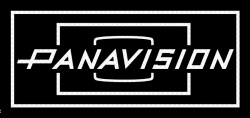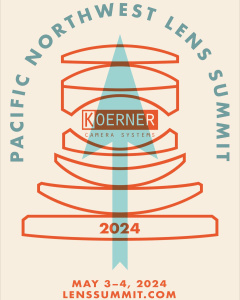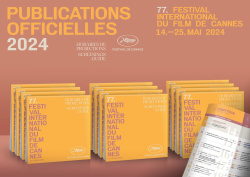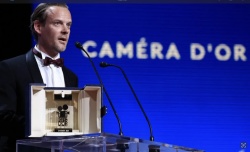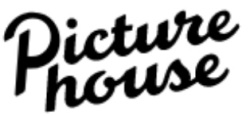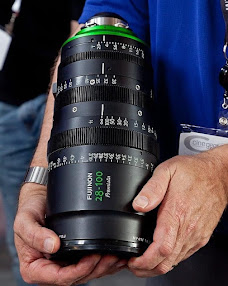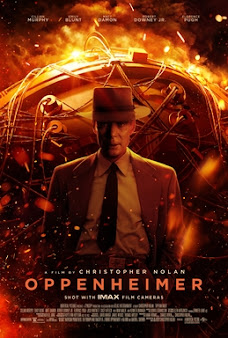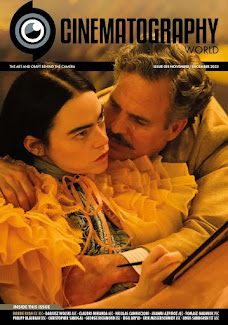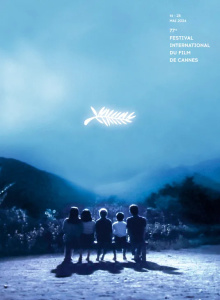Color correction can be somewhat confusing for many people. Not only is there Blue and Orange and Green and Magenta to deal with, but there are various strengths to each! All the primary correction filters come in 1⁄8, 1⁄4, 1⁄2, 3⁄4 and Full versions — each variation providing greater color shift in their correction.
So, how and when do you break these out? Wouldn’t you just always use Full CTO or Full CTB? Well, no. The first thing is that real-world daylight is almost never 5600°K and tungsten is almost never 3200°K. In fact, you’ll often see individuals refer to daylight as 5500°K or 5600°K or even 6500°K — because there is no real set temperature and each manufacturer or individual will use their own base number. These numbers are theoretical standards that rarely happen in the real world. Natural daylight can range from 3000°K to 20,000°K depending on where you are on the globe, the cloud cover, the time of day, the season, the pollution and so forth. Tungsten lights can range from 2000°K to 3600°K depending on the manufacturer, age of bulb, reflector, lens and so forth. Even putting two tungsten lights from the same manufacturer next to each other, you’re more likely to get two different color temperatures out of them than you are to get them to match!
Because there are so many variables, color-correction filters come in variable strengths to help compensate for the discrepancies. Understanding how these strengths integrate into real-world applications requires the introduction of a little math.
Most people understand that a Full CTO filter will convert daylight (5600°K) to tungsten (3200°K), a color temperature shift of 2400°K. However, what if the daylight, at the time of your shoot, is actually 7000°K? Does that mean that Full CTO will make it 4600°K (7000-2400)? Actually, no. To get a better understanding of how much a filter will affect the color, you need to get into mireds.
A mired is a microreciprocal degree. It’s derived by dividing 1,000,000 by the Kelvin temperature. So 5600°K has a mired of 179 (1,000,000 / 5600 = 179). If you look at the manufacturer swatchbooks for lighting filters, you’ll see that each filter has a mired shift factor. Lee’s Full CTO has a mired shift of +159. 179 + 159 is 338. 1,000,000 / 338 = 2,958, which rounds to 3,000°K. So, Lee’s Full CTO actually corrects 5600°K to 3000°K, not 3200°K. If, in the example above, you actually had 7000°K instead of 5600°K, 7000 has a mired value of 143. 143 + 159 is 302. 302 mired is 3300°K. So Lee Full CTO on a daylight source of 7000°K would give you a color temperature of 3300°K.
This system of mathematical calculation is important to understand so that you can compensate properly. It can also be used inversely. If you have a color temperature meter and you read the daylight coming through a window at 9000°K, you can determine that is a mired value of 111. You want to correct that to 3200°K, which has a mired value of 313. Subtract 111 from 313 and you need to have a mired shift of 202. Looking through the Lee swatchbooks, you can see that a Full CTO plus 1⁄4 CTO will get you to +223 mired 9000°K to 3000°K, which is close enough. Anything less than 100°K isn’t really discernable by the human eye, and it really takes a shift of about 500°K or more to make a noticeable difference. Anything within 500°K should be totally acceptable for most applications.
It should be no surprise to learn that not all filters are created equal. A Lee Full CTO has a mired shift of +159, but Rosco’s Full CTO has a mired shift of +167 (slightly warmer than Lee) and GAM is +146 (slightly cooler than Lee). Each manufacturer has a different compensation depending on what they determine is standard real-world “daylight” and real-world “tungsten.”
Plus green and minus green are used for different applications. Non-incandescent lighting sources, such as fluorescent fixtures and HMIs, often have a tinge (or more) of green to them. Green is a challenging color because it typically is unflattering on skin tones. Generally you want to get the green out, but if you do so later in color correction, this adds magenta to the image, which can make flesh tones appear overly pinkish. To compensate for this additional green, you use minus green filters — which are various strengths of magenta color. This blocks the green light while letting through the rest of the colors. Inversely, if you find yourself in a situation where you can’t correct the green — perhaps you’re shooting in a huge industrial warehouse with thousands of fluorescent ceiling fixtures — then you can add green to your own lighting to even the playing field, which will make color correction go smoother later. That’s where plus green comes in.
It’s important to note that color-correction filters are not just for technical applications. They’re not just to correct one source to another — and you won’t always want your lighting to be in the same color range. You may decide you want your daylight to be very cold and blue, and you may even add CTB to that daylight to make it deeper blue. Or you might add CTO to your tungsten sources to make them warmer!
There are also hundreds of “party” colors, as most film and video people call them. These are filters in every color of the rainbow that can be used for many different creative effects. The caution, however, is that because these are not calibrated colors, they often cut nonlinear wavelengths and can often appear very different on camera than they appear to eye. If you’re monitoring your image with a properly calibrated professional monitor, however, then you’ll see the end results and can use these filters to your heart’s content!








